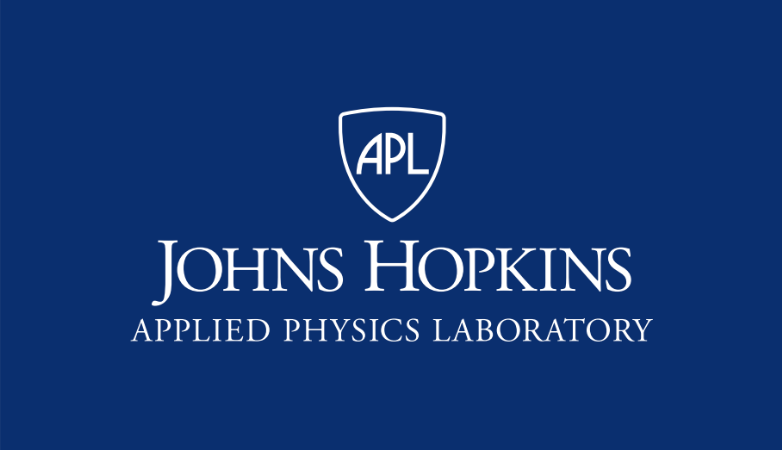
Press Release
Apr 21, 2008
New Online Map Reveals Evidence of the Forces that Once Shaped Mars
A new online map lets visitors explore Mars' past through a collection of high-resolution observations from one of the most powerful spectrometers ever sent to the Red Planet. Evidence of ancient bodies of water, flowing rivers and groundwater peeks out from beneath layers of hardened magma and dust—testaments to Mars' progression through wet, volcanic and dry eras.

Media Advisory
Apr 18, 2008
Media Advisory: Maryland Students to Celebrate Earth Day by Exploring Sun–Earth Connections at The Johns Hopkins Applied Physics Laboratory
More than 100 Maryland middle school students will explore "Sun–Earth Connections" on Earth Day, Tuesday, April 22, during the latest "Space Academy" at The Johns Hopkins University Applied Physics Laboratory (APL) in Laurel, Md.

Press Release
Apr 18, 2008
Design Begins on Twin Probes That Will Study the Radiation Belts
NASA will launch two identical probes into the radiation belts to provide unprecedented insight into the physical dynamics of near-Earth space, where violent space weather can affect astronauts, satellites and even ground-based technologies.
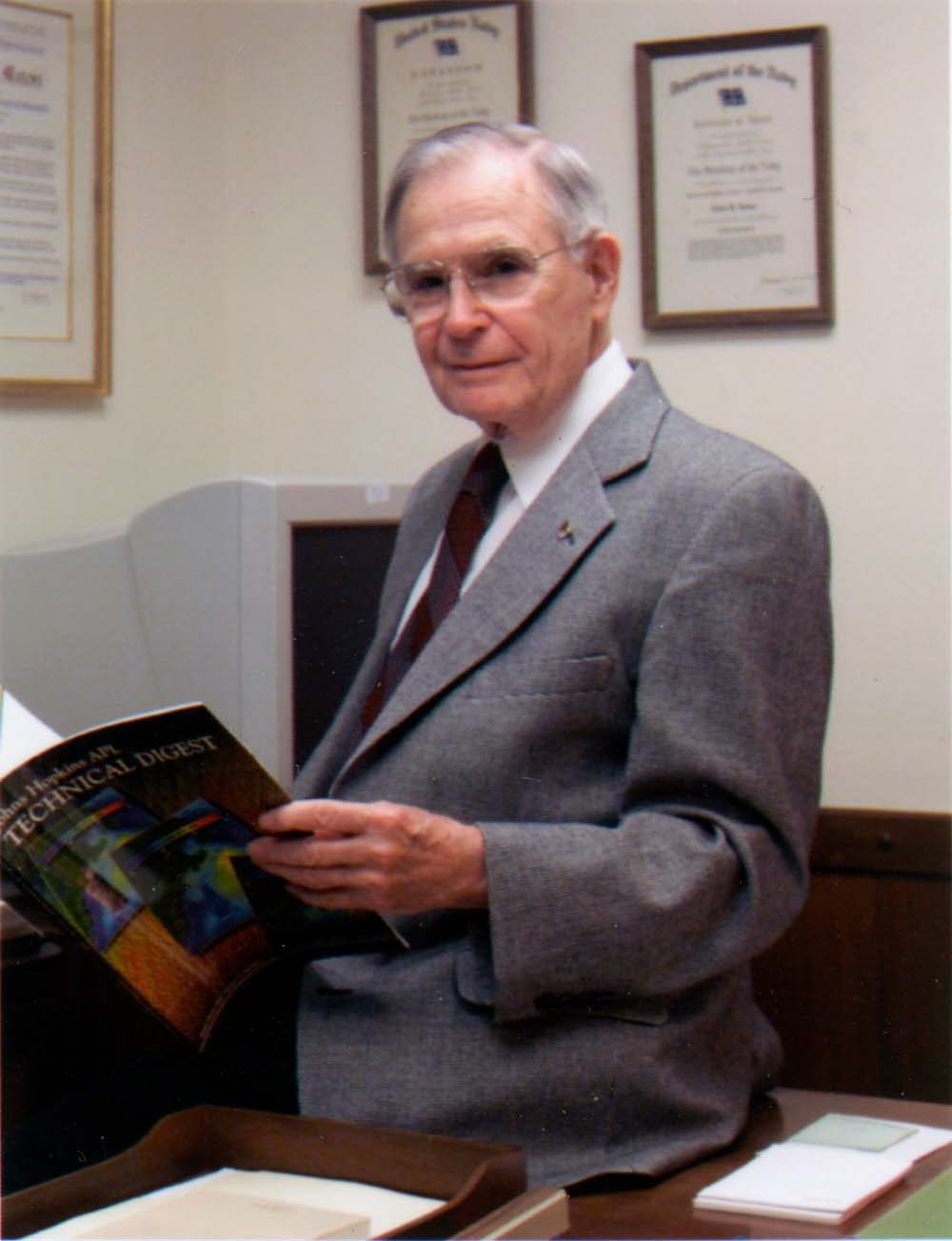
Press Release
Apr 17, 2008
Hopkins APL Aeronautical Engineer Receives Missile Defense Agency Pioneer Award
Alvin Eaton, a former Johns Hopkins University Applied Physics Laboratory (APL) associate director and current senior fellow working on special assignments for the Laboratory, was among a small group presented with the Missile Defense Agency's (MDA's)Technology Pioneer Award for contributions to ballistic missile defense.
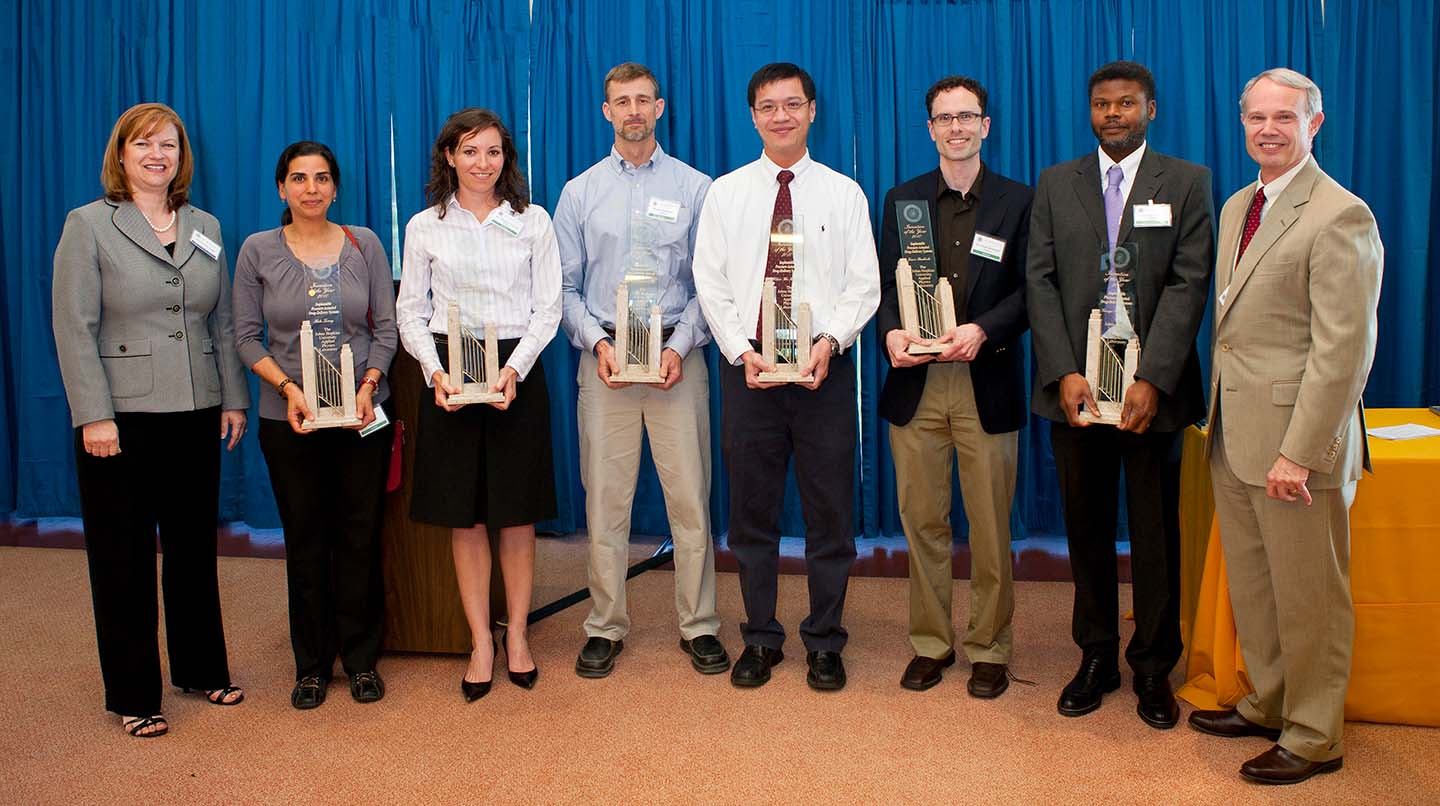
Press Release
Apr 16, 2008
Johns Hopkins APL Names Inventions of the Year
A system to scope out suspicious computer use, an epidemic-identification program, and super-thin batteries based on nanotubes are The Johns Hopkins University Applied Physics Laboratory's Inventions of the Year.
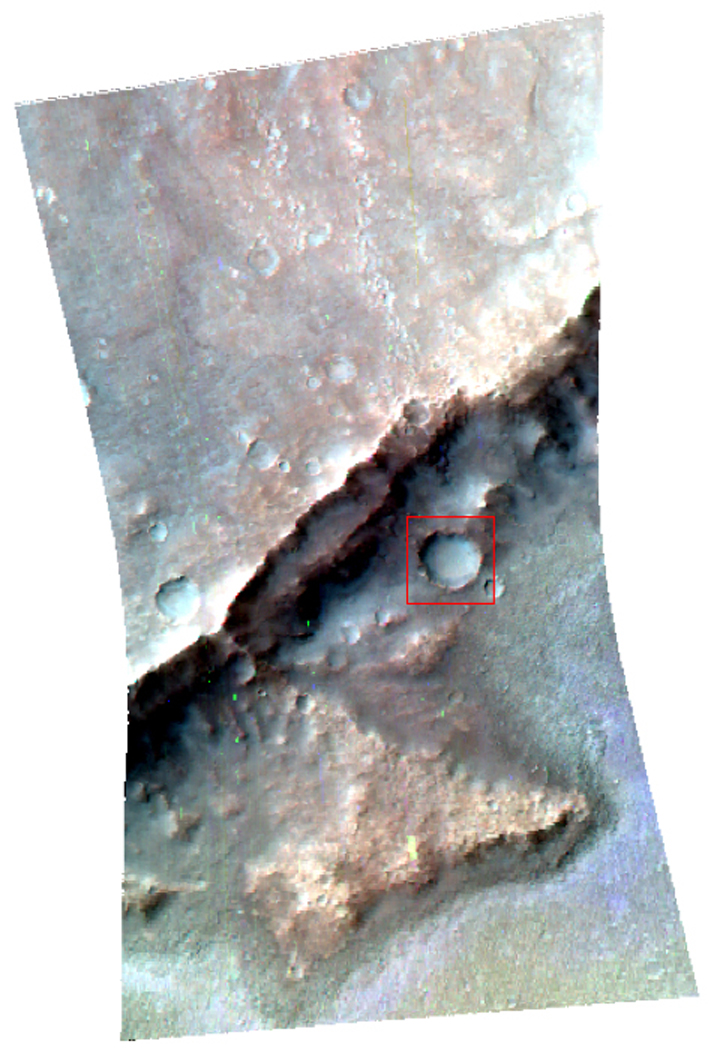
Press Release
Mar 28, 2008
High School Students Help Explore Mars through Innovative Program
While most kids can only read about Mars exploration, four groups of high school students from around the country are getting the chance to plan observations of the Red Planet and join the science team analyzing data from NASA's Mars Reconnaissance Orbiter mission.

Press Release
Mar 20, 2008
Cassini Spacecraft Finds Ocean May Exist Beneath Titan's Crust
NASA's Cassini spacecraft has discovered evidence that points to the existence of an underground ocean of water and ammonia on Saturn's moon Titan. The findings made using radar measurements of Titan's rotation will appear in the March 21 issue of the journal Science.
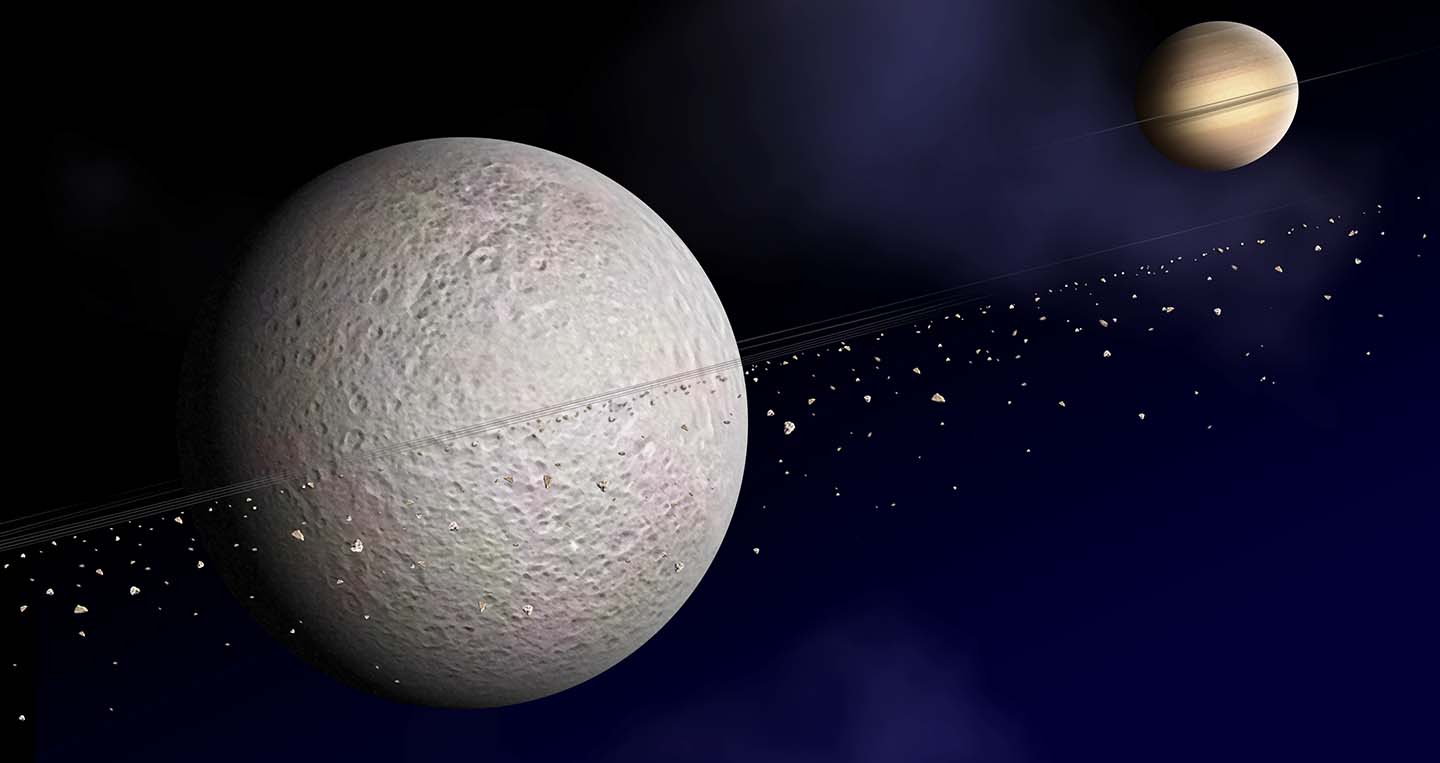
Press Release
Mar 6, 2008
Saturn's Moon Rhea May Also Have Rings
NASA's Cassini spacecraft has found evidence of material orbiting Rhea, Saturn's second largest moon. This finding is the first time rings may have been found around a moon.

Press Release
Feb 28, 2008
A Clear Vision: APL Licenses Eye Drops That Reduce Laser-Surgery "Haze"
The Johns Hopkins University Applied Physics Laboratory (APL) of Laurel, Md., has licensed a nationally and internationally patented formula for eye drops that could speed healing and prevent cloudiness after laser vision-correction surgery.

Press Release
Feb 27, 2008
APL Engineer Receives the 2008 Black Engineer of the Year Award for Outstanding Technical Contribution in Government
Nancy Linton, a systems engineer at The Johns Hopkins University Applied Physics Laboratory in Laurel, Md., has been awarded the 2008 Black Engineer of the Year Award for Outstanding Technical Contribution in Government.